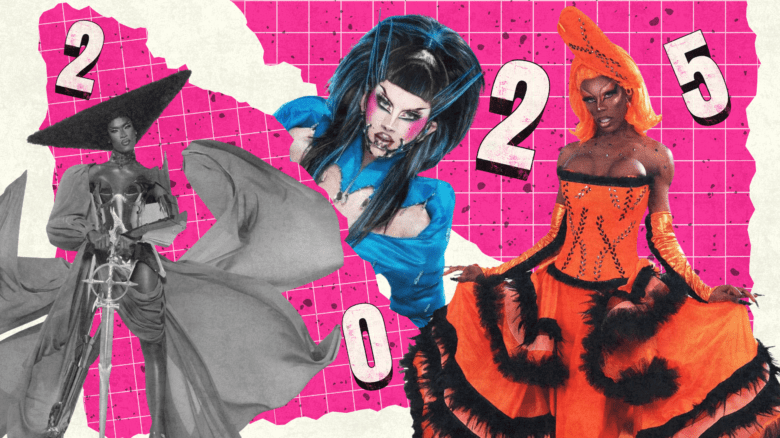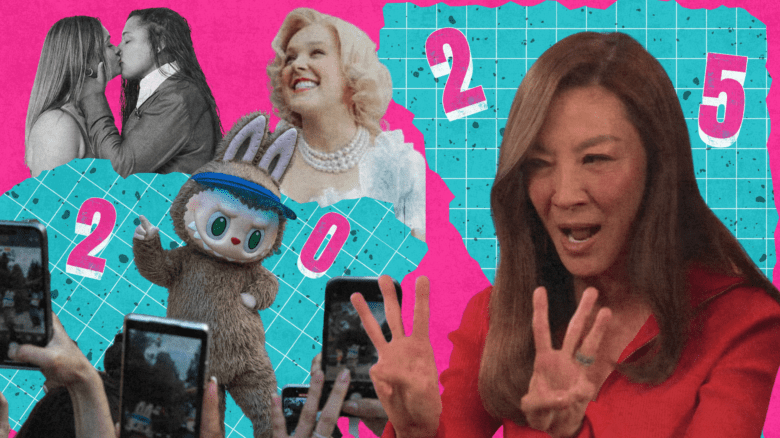Twelve dancers — six men and six women — lie still across the stage. They sit up to look at the large screen that glows with blue light behind them. A series of images appears: a shot of a man’s bare chest, an extreme close-up on a woman’s eye.
Five dancers run about the stage. Their movements are mirrored in the long shot on screen.
A woman dances alone. Again, her image is shown, but this time there is a time delay between the dancer and the digital image, producing a disjointed duet.
These three moments are from Timecode Break, choreographer Christopher House’s latest work, opening at the Premiere Dance Theatre on Tue, Oct 31. The artistic director of Toronto Dance Theatre has created a work that explores time and presence. It’s the first time he has ever used video on this scale.
The video design is by Nico Stagia. “I knew I wanted to work with Nico on this project,” says House, “and do a piece that really explored this kind of duet between the live body and the digital body and looking at many of the questions that that relationship raises to us because so many aspects of our life are now in the digital world.
“One of the questions I wanted to look at was this notion that everything that happens onstage is warm and visceral and real, and that the video images are two-dimensional, hence cool and distant. I wanted to reverse that a little bit, and one of the ways you can do that with dance really well is that the whole idea of dancing in unison as a submission of individuality. So contrasting that with their digital images being absolutely free, we really wanted to play with that a little bit.”
Phil Strong composed the score, which includes samples and live instruments. Set and lighting designer Steve Lucas solved the problem of making the digital images visible while illuminating the dancers, and Jeremy Laing designed their grey bodysuits.
Manipulating digital images allowed House to see new possibilities with choreography. Using technology, he says, sped up the creative process and inspired a “slightly different way of looking at movement in time and space.
“Because you’re naturally dealing with gravity you get used to making certain assumptions about your physicality, and whether you like it or not, you get into certain patterns as a choreographer and also as dancers…. So you can work really consciously to try and subvert that or you can use an external tool like video and reedit things in a way that are still organic, that still work.”
The piece, a coproduction with the National Arts Centre (NAC) and the Banff Centre, started as a Canada Dance Festival commission. Following a two-week residency, Timecode Break opened the festival at the NAC last June. During the residency, the dancers would rehearse during the day, and House, Stagia and Strong would work on their laptops at night.
“I would take video,” says House, “and reedit it and do things like retrograde the material so they’d be going backward and match it to the score and then bring it back into the studio the next day and the dancers would watch themselves dancing something that they had never danced and then would learn that.”
After its premiere, Globe And Mail dance critic Paula Citron wrote, “Some people will know the piece is among the greatest dances ever created in Canada, while others will miss the boat and not get it. Timecode Break is a work of such brilliance that it is ahead of the curve.”
 Why you can trust Xtra
Why you can trust Xtra


